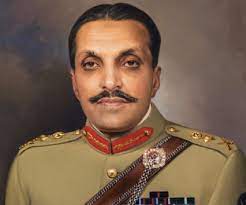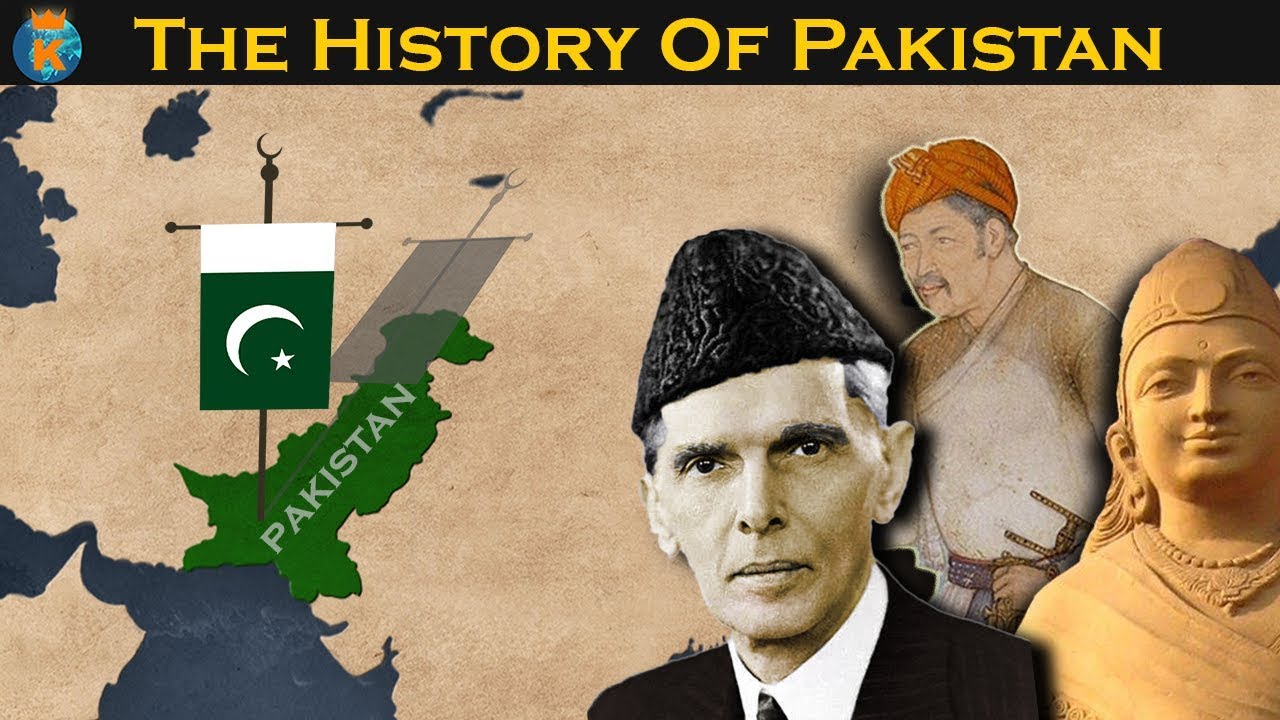The Rise and Fall of the Islamic Republic of Pakistan
The Islamic Republic of Pakistan was first established in 1947, and has changed drastically throughout its history. From being one of the most powerful and largest Muslim nations on earth to becoming almost entirely subservient to the United States, it’s truly been a history of highs and lows for this country, which still serves as an example for other Muslim countries trying to find their own way in the world today. Let’s take a look at how it got started and where it might be going from here.
Qaid azam Muhammad Ali Khan
Mohammad Ali Jinnah was born in Karachi to a prominent Shia Muslim family of Gujarati origin. His grandfather, a trader named Ruttie, migrated from Iran to Sindh (now in Pakistan) under Britishrule; following his death, his widow and their nine children moved to Bombay. After completing his education at various schools, he started legal practice in England before returning to Bombay as a barrister. Jinnah came under the influence of Sir Muhammad Iqbal after meeting him at a conference in Allahabad in 1930. In 1932, he became one of general secretaries ofAll-India Muslim League, which was founded by Muhammad Iqbal.
Muhammad Zia-ul-Haq
Under President Zia-ul-Haq’s rule, Pakistan officially adopted Islamic Sharia law. By doing so, it essentially established a fundamentalist Islamic State. While it did not ban non-Muslims from living in Pakistan or practicing their own faiths, it did make it very difficult for them to do so. They were forced to pay a special tax (Jizya) which they were not allowed to convert into currency. Furthermore, they were forbidden from wearing Muslim clothing such as turbans or hijabs, and could only build places of worship if they received permission from local authorities. In addition, no one was allowed to publicly criticize Islam under penalty of death.
Benazir Bhutto
Why not kill her? After all, she was a threat to their islamic republic they planned to create. Bhutto had always fought against them and she was never going to let go of her power because everyone loved her. Her people supported her so much that they were ready to die for their beloved leader. If Bhutto’s islamic republic had gone according to plan, she would have been killed before she became Prime Minister again in 1993.
Nawaz Sharif
August 14, 1996 - Sharif, who was acting as Prime Minister for another three years due to the age limit, becomes PM of Islamic republic again. His 13th term in office lasts only 2 years as he is dismissed by President Farooq Leghari on grounds of conspiracy in a coup plot against his successor general Pervez Musharraf. This is seen as an era where Sharif suffers setback after setback, but continues to face power struggle with Bhutto's PPP.
Pervez Musharraf
Pervez Musharraf became President in 2001 following a bloodless coup. His term was marred by political infighting that hampered economic recovery, but he successfully navigated a delicate relationship with Washington as Pakistan’s primary military partner.
Islamic Republic of Pakistan timeline summary
The history of Islamic republic, Pakistan is a tumultuous one. The region has seen both violent invasions from external powers and native revolts, as well as brutal dictatorships. It’s people have been subject to acts of extremism, both foreign and domestic, for thousands of years. That being said, in many ways it’s recent history is also that of South Asia.
Imran Khan
Before Imran Khan, no other politician in recent history had been scrutinized so much. The man doesn’t smoke or drink, has never cheated on his wife—the 42-year-old playboy married Bushra Maneka in January 2018—and is a public health crusader. In his younger days, Imran Khan was an international cricketer who led Pakistan to win its first Cricket World Cup in 1992. He became Prime minister after winning general elections 2018 against corrupt politicians.







Comments
Post a Comment